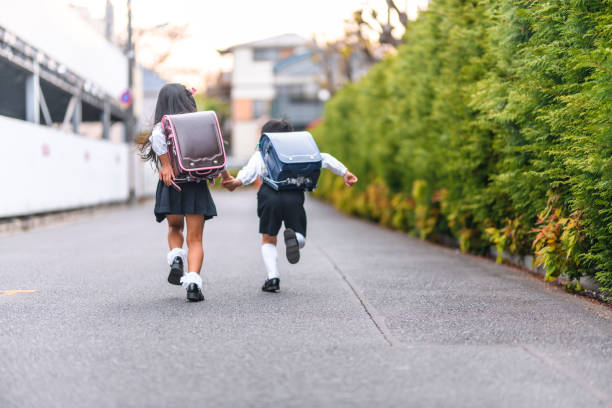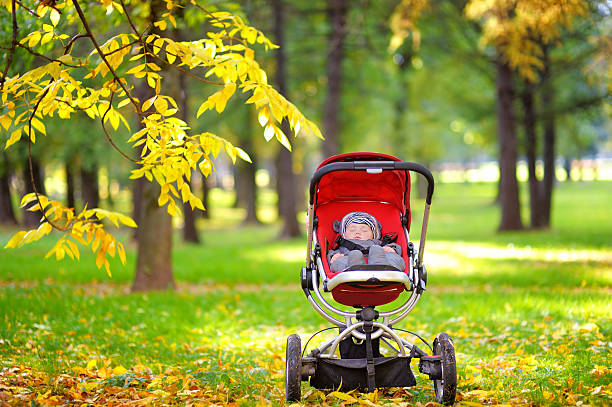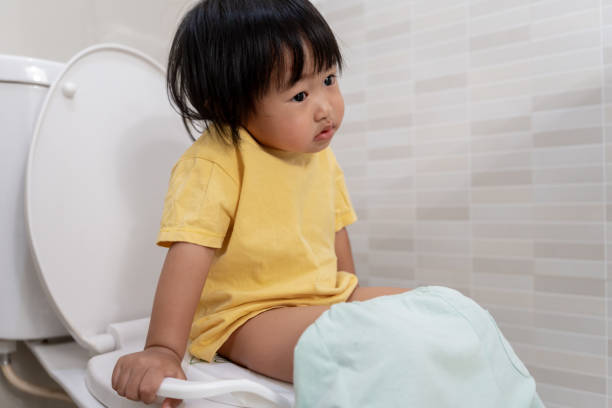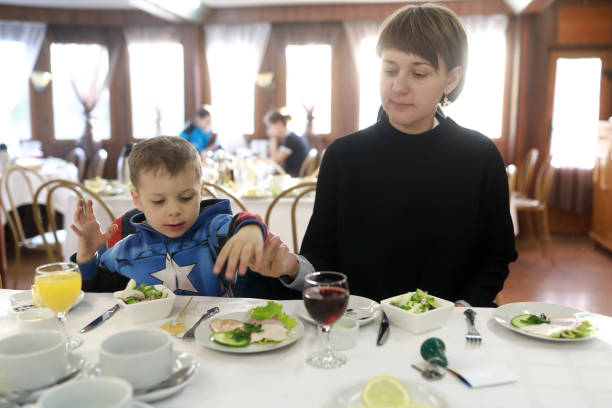Discovering Different Parenting Practices Around the World
Curious about how parenting differs worldwide? Explore cultural insights on child-rearing!
Parenting practices around the world vary greatly, offering a fascinating glimpse into the diverse ways in which cultures nurture their children. From Japan to Italy, each country has its unique approach to raising kids. Let's take a closer look at some of these intriguing parenting practices around the world and how they might inspire us to rethink our own methods.
1. Embracing Independence in Japan
 Image from iStock
Image from iStock
In Japan, parenting practices often emphasize fostering independence in children from a young age. It's not uncommon to see kids as young as six walking to school by themselves or running errands solo. This level of autonomy may seem surprising to outsiders, but it reflects a cultural emphasis on self-reliance and personal responsibility.
2. Al Fresco Naps in Scandinavia
 Image from iStock
Image from iStock
In Scandinavian countries like Denmark, parents have a surprising tradition of letting their babies nap outdoors, even in cold weather. This practice, known as "udsovningslur," involves placing babies in prams outside to sleep. The belief is that fresh air promotes better sleep and overall health for infants. It's a stark contrast to the more sheltered approach to childcare common in many Western countries.
3. Eco-Friendly Parenting in China
 Image from iStock
Image from iStock
In China, some parents practice "elimination communication," a method of infant potty training that involves cueing babies to use the toilet from a very young age. By reducing reliance on disposable diapers, this approach is both environmentally friendly and economically practical. It also fosters early communication between parents and babies, strengthening the bond between them.
4. Creative Learning in Italian Preschools
 Image from iStock
Image from iStock
Italian preschools, particularly those influenced by the Reggio Emilia approach, prioritize hands-on, creative learning experiences for children. This includes activities like woodworking, where even young children are encouraged to use tools like hammers and saws under supervision. By allowing children to explore their creativity and problem-solving skills in a safe environment, these schools set a foundation for lifelong learning.
5. Body Positivity in European Beach Culture
 Image from iStock
Image from iStock
In many European countries, including Spain and Germany, there's a relaxed attitude towards children's clothing at the beach. It's not uncommon to see kids of all genders running around without swimsuit tops, challenging traditional modesty norms. This reflects a broader cultural acceptance of diverse body types and promotes body positivity from a young age.
6. Culinary Education in France
 Image from iStock
Image from iStock
French children are raised with a deep appreciation for food and dining culture. From a young age, they're encouraged to join their families for meals and explore a wide range of flavours and textures. This approach to culinary education fosters healthy eating habits and a sophisticated palate, setting children up for a lifetime of culinary enjoyment.
7. Flexible Bedtimes in Italy
In Italy, family mealtimes often extend late into the evening, with children staying up past what may be considered typical bedtime hours. This relaxed approach to scheduling reflects a cultural emphasis on the importance of shared meals and family bonding. While it may challenge the notion of strict bedtime routines, it fosters a sense of togetherness and connection within the family unit.
8. Multigenerational Care in India
 Image from iStock
Image from iStock
In many Indian families, caregiving responsibilities are shared among extended family members. Grandparents, aunts, uncles, and even older siblings play a significant role in raising children, creating a supportive network of caregivers. This multigenerational approach to childcare ensures that children are surrounded by love and guidance from multiple sources.
9. Equal Parenting in the Aka Tribe
Among the Aka tribe in central Africa, caregiving duties are shared equally between men and women. Fathers are actively involved in nurturing and caring for their children, challenging traditional gender roles in childcare. This egalitarian approach fosters strong bonds between parents and children and promotes a sense of shared responsibility within the community.
Embracing Diversity in Parenting
Parenting practices around the world offer valuable lessons and insights that can enrich our own approaches to raising children. By embracing cultural diversity and learning from different traditions, we can become more open-minded and adaptable parents. Ultimately, the goal is to create loving, supportive environments where children can thrive and grow into confident, resilient adults.
ALSO READ: